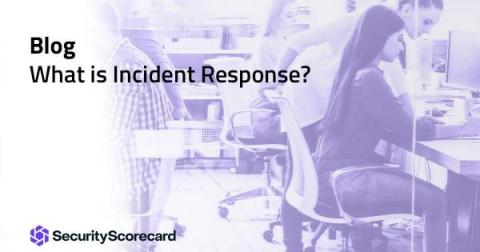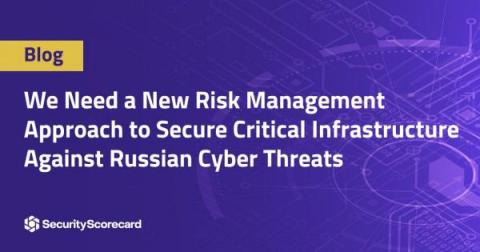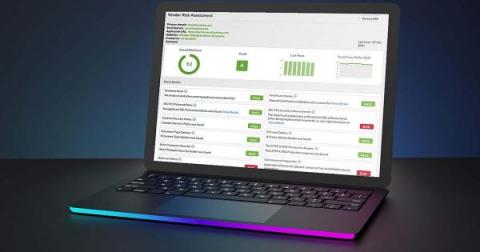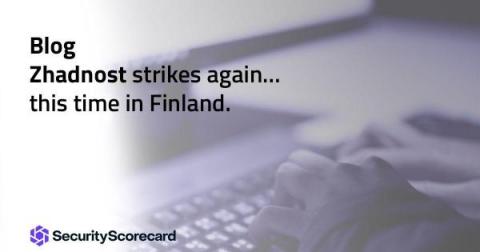Security | Threat Detection | Cyberattacks | DevSecOps | Compliance
Latest News
Meeting PCI DSS Third-Party Risk Requirements
Organizations must enact effective third-party risk management (TPRM) programs to ensure their vendors fulfill cybersecurity requirements. Otherwise, they risk carrying the financial and reputational harm caused by customer data breaches. The PCI DSS standard covers aspects of third-party risk management as it's applicable to all organizations that process credit card data, especially the heavily regulated finance industry.
Incredibly simple...yet effective. Zhadnost botnet relies on Open Proxies and DNS Resolvers.
As mentioned in SecurityScorecard’s (SSC) previous Zhadnost blog posts (part one and part two), the DDoS attacks against Ukrainian and Finnish websites do not appear to have a lasting impact, as the sites were back online within hours of the attack.
The Caller is Coming from Inside the House!
SecurityScorecard’s own Ondrej Krehel talks with News 12 in New York about how to protect yourself from what might be the most surreal spam number of all—your own. Most of us are used to getting spam texts: You’ve paid your bill, click this link for a free gift! You’ve won the sweepstakes, click here to redeem! It’s no surprise that nothing good comes from clicking those links.
How Compliance Can Strengthen Your Risk Posture
What is Incident Response?
Creating an incident response plan is mission-critical for modern organizations. As threat actors continuously evolve their attack methodologies, organizations need the people, processes, and technologies that allow them to rapidly respond to a security incident. According to research, attacks have increased by 15% since 2019.
Top 7 Vulnerability Mitigation Strategies
We Need a New Risk Management Approach to Secure Critical Infrastructure Against Russian Cyber Threats
A democratized approach to cybersecurity risk management that leverages continuous monitoring and public-private partnerships is overdue, and critical, for today’s cyber threat environment.
Trustwave Security Colony Vendor Assessment: Know Your Vulnerabilities Before Others Do
This is the second installment in Trustwave’s in-depth tour of our Security Colony platform. For a broad overview of what Security Colony offers please read 5 Ways CISOs Can Leverage the Power of Trustwave Security Colony. Self-evaluation in any area, much less cybersecurity, can be challenging. Is my performance at work strong and consistent? Am I being friendly to my neighbors?
Zhadnost strikes again... this time in Finland.
SecurityScorecard (SSC) has identified a DDoS attack which targeted the websites of the Finnish Ministry of Foreign Affairs and Ministry of Defense. SSC discovered more than 350 bots, mainly located in Bangladesh and African countries, which are now considered to be part of the Zhadnost botnet, previously discovered by SSC in March.









